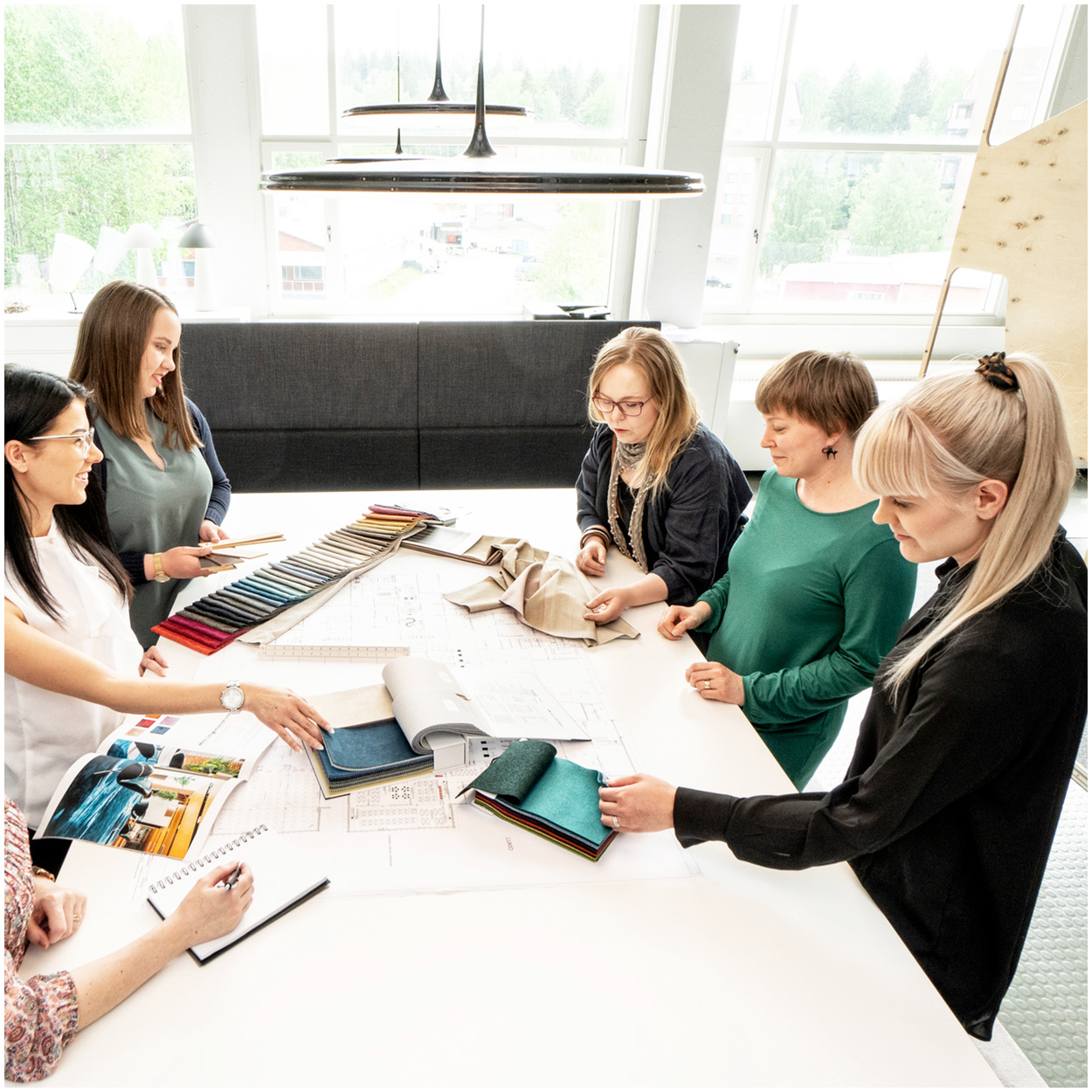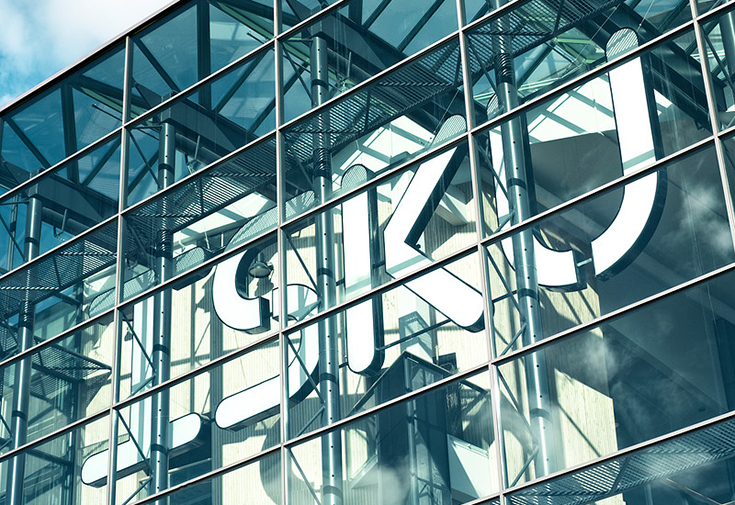Introduction to sustainable school furniture
In today’s rapidly evolving educational landscape, the importance of sustainable school furniture cannot be overstated. Schools and educational institutions are increasingly recognizing the need to choose furniture that not only meets the functional requirements of learning spaces but also aligns with environmental and economic goals. Sustainable school furniture plays a crucial role in reducing the environmental impact of educational institutions, offering cost-effective solutions, and enhancing student well-being. This article will explore the multifaceted benefits of sustainable furniture in educational settings, focusing on environmental impact, economic advantages, and the well-being of students.
How does sustainable furniture benefit the environment?
One of the primary benefits of sustainable school furniture is its positive impact on the environment. By using renewable resources and reducing waste, sustainable furniture helps to lower the carbon footprint of educational institutions. Our commitment to sustainability is reflected in our use of materials that are carefully sourced and certified, ensuring minimal environmental impact. For example, our PEFC certified wood guarantees that the timber used in our products is sourced from sustainably managed forests, promoting biodiversity and forest conservation.
Moreover, sustainable furniture solutions often incorporate recycled materials, which significantly reduce the amount of waste sent to landfills. By choosing such materials, schools contribute to a circular economy, where resources are reused and recycled, minimizing environmental degradation. This approach not only preserves natural resources but also sets a positive example for students, teaching them the importance of environmental stewardship.
In addition, the production processes for sustainable furniture are designed to be energy-efficient, further reducing the environmental impact. By choosing sustainable school furniture, educational institutions can actively participate in the global movement towards a more sustainable future.
What are the economic advantages for schools?
Investing in sustainable school furniture offers significant economic benefits for educational institutions. While the initial investment may be higher than conventional furniture, the long-term cost savings are substantial. Sustainable furniture is built to last, reducing the need for frequent replacements and repairs. The durability of our products ensures that schools can enjoy high-quality furniture for years, minimizing maintenance costs and resource expenditure.
Furthermore, choosing sustainable furniture can also open doors to potential financial incentives and certifications. Many governments and organizations offer grants or tax benefits to institutions that demonstrate a commitment to sustainability. By investing in our sustainable furniture solutions, schools can not only save money but also position themselves as leaders in sustainable education.
In addition to direct financial benefits, sustainable furniture can enhance the reputation of an educational institution. Schools that prioritize sustainability are often seen as forward-thinking and responsible, attracting students, parents, and staff who value environmental consciousness.
How does sustainable furniture enhance student well-being?
Sustainable furniture plays a pivotal role in enhancing the well-being and productivity of students. Ergonomic design is a key feature of our furniture solutions, ensuring that students can learn in comfort and without physical strain. Ergonomic classroom chairs and desks are designed to support the natural posture of students, reducing the risk of discomfort and injury.
Moreover, sustainable furniture is often made from non-toxic materials, ensuring a safe learning environment. By eliminating harmful chemicals and volatile organic compounds (VOCs), our furniture helps to improve indoor air quality, creating a healthier space for students to thrive.
The positive learning environment facilitated by sustainable furniture extends beyond physical health. Well-designed, customizable furniture solutions can inspire creativity and collaboration among students. By fostering a supportive and engaging atmosphere, sustainable furniture contributes to improved academic outcomes and overall student satisfaction.
Why should school decision-makers consider ISKU’s sustainable products?
At ISKU, we are committed to providing educational institutions with sustainable furniture solutions that meet the highest standards of quality and innovation. Our products are designed and manufactured in Finland, ensuring that every piece meets rigorous environmental and safety standards. Our certification with ISO 9001, ISO 14001, and ISO 45001 highlights our dedication to quality, environmental responsibility, and occupational safety.
Our innovative classroom furniture solutions are tailored to meet the diverse needs of modern educational settings. From ergonomic student chairs to movable classroom furniture, our products are designed to support flexible learning environments. We understand that the best school furniture is not only functional but also adaptable, allowing schools to create inspiring learning environments.
By choosing ISKU as their partner, school decision-makers can trust that they are investing in reliable, sustainable furniture that enhances the learning experience while contributing to a more sustainable world.
Conclusion: The strategic choice for educational institutions
Sustainable school furniture is not just a trend; it is a strategic choice that offers numerous benefits to educational institutions. By prioritizing sustainability, schools can reduce their environmental impact, save on long-term costs, and enhance student well-being. As decision-makers consider the future of their institutions, sustainable furniture should be at the forefront of their planning. With ISKU’s commitment to quality and innovation, educational institutions can confidently make sustainable choices that support their educational goals and ecological responsibilities.


